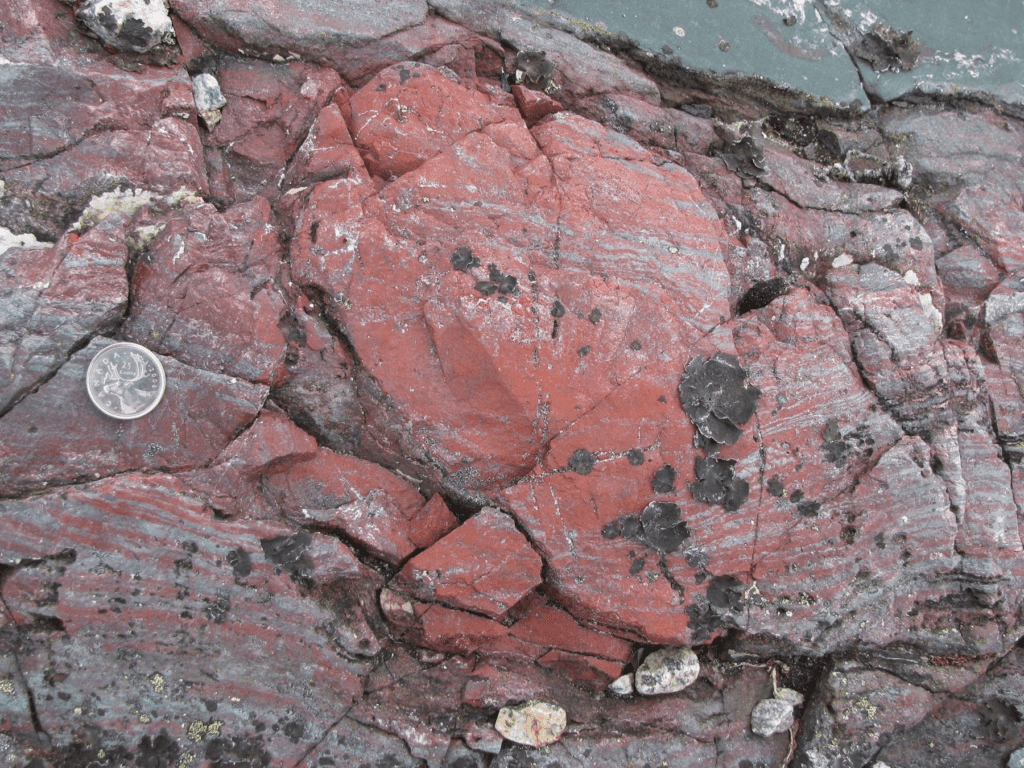Scientists have analyzed rocks containing traces of bacterial life between 3.75bn and 4.28bn years old, and it’s not just an isolated bacteria or two, it’s a microbial party.

To find traces of the oldest life on Earth, you first have to find really old rocks — and that’s harder than you may think. The Earth’s surface is in continuous motion as the tectonic plates slide a few centimeters a year. New crustal material is constantly being produced in some parts of the Earth while old rocks are destroyed in others, meaning that a lot of material on the surface of the planet is relatively young (compared to the 4.54-billion-year history of our planet). To find the oldest rocks on Earth, you have to search in geological shields: relatively flat, tectonically stable areas that have remained unchanged for over a billion years. Fortunately, geologists have discovered some areas like that, especially in the geological shields of Canada, Australia, and Africa.
So if you want to search for the first signs of life on the planet, you know where to look — although that’s easier said than done because you’re looking for signs of fossilized microbial life in a pretty huge area. But sometimes you get lucky.
Five years ago, Dominic Papineau of University College London, and colleagues, found what appeared to be microscopic filamentous microfossils inside a jasper rock in the Nuvvuagittuq Supracrustal Belt in Québec, Canada.
The rock in which the structures have been found are dated to 3.75-4.28 billion years — just 300 million years after the Earth had formed.
“Using many different lines of evidence, our study strongly suggests a number of different types of bacteria existed on Earth between 3.75 and 4.28 billion years ago,” said Papineau. “This means life could have begun as little as 300 million years after Earth formed. In geological terms, this is quick – about one spin of the Sun around the galaxy.”
But researchers haven’t been idle since then. Further analysis of the rock has underlined the idea that these are indeed bacteria fossils and has revealed a much larger and more complex structure. The rock features a stem with parallel branches on one side as well as hundreds of ellipsoids alongside the tubes and filaments.

All this is taking place on the scale of about one centimeter — a small scale for humans, but huge for bacteria. Basically, this isn’t just evidence of a scattered fossil or two; if this is indeed bacterial material (and some researchers claim that these aren’t bacteria at all), then we’re talking about a major bacterial community.
“We don’t have any DNA, of course, that survived these geological timescales, with the heat and pressure that the rock has suffered,” Papineau said. “But what we can say, on the basis of morphology, is that these microfossils resemble those that are made by the modern microbacterium called Mariprofundus ferrooxydans.”
“These microstructures are considered microfossils because of their mineral associations and resemblance to younger microfossils, modern Fe-bacteria [iron-oxidizing bacteria] from hydrothermal environments, and the experimental products of heated Fe-oxidizing bacteria,” the study also reads.
In other words, if these are indeed biological in nature, then they resemble modern bacteria. But here’s the thing: even if they are abiotic and aren’t actually bacteria, they seem to indicate complex prebiotic chemistry on early Earth. This would mean that the conditions on the young Earth were ripe for life — which in turn, would suggest that other planets may have also had conditions ripe for life.
“Collectively, the observations suggest a diverse microbial ecosystem on the primordial Earth that may be common on other planetary bodies, including Mars,” the study concludes.
The jury’s still out on when exactly the oldest life forms on Earth emerged, but the more researchers look into it, the more it seems that even in its early days, Earth was a much more interesting place than we gave it credit for.
The study was published in the journal Science Advances.


